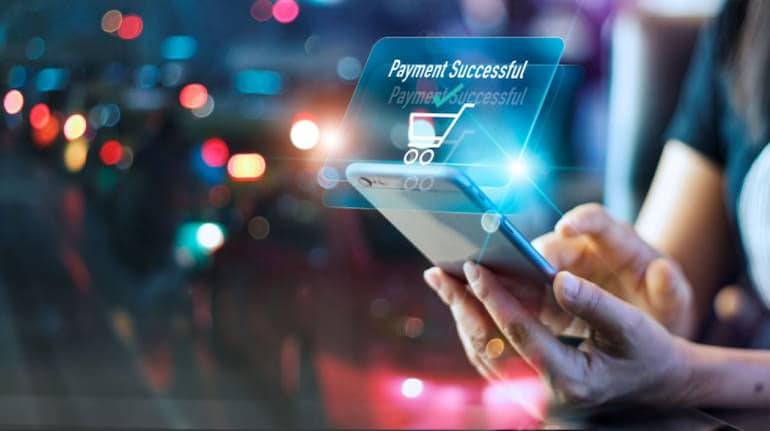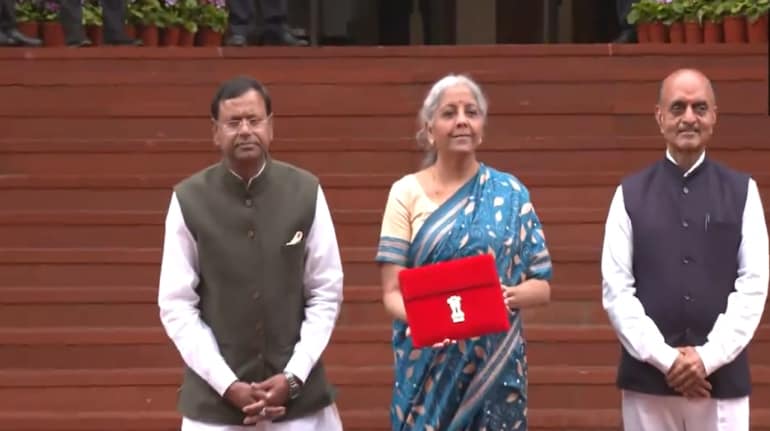
Is it a digital gift card? Is it a Sodexo-like instrument? Can it be a precursor to India's plans to launch a Central Bank Digital Currency?
Various questions have swirled around the United Payments Interface (UPI)-based e-RUPI among customers and FinTech circles, after it was launched with much fanfare by Prime Minister Narendra Modi on August 2, 2021.
Interestingly, the launch came days after RBI Deputy Governor R Rabi Sankar said the regulator was working towards a phased implementation strategy of the Central Bank Digital Currency (CBDC), prompting whispers of e-RUPI’s ties to the CBDC.
The key application of e-RUPI is to provide leak-proof welfare services using a one-time payment mechanism. The offering eliminates middlemen by ensuring that the sponsors of the service connect directly to the beneficiaries.
The platform also does not require the beneficiary to have a bank account – which sets it apart from other digital payments methods. You can read more about how exactly the e-RUPI works here.
At the launch, which was attended by Reserve Bank of India (RBI) Governor Shaktikanta Das and various heads of banks including Sashidhar Jagdishan, MD & CEO of HDFC Bank and Rajkiran Rai G, CEO of Union Bank of India, Prime Minister Narendra Modi said, “Besides being person-specific, the e-RUPI is also purpose specific. It will ensure that the benefit will be used only for the purpose that it is being provided.”
Former RBI Deputy Governor R Gandhi told Moneycontrol that e-RUPI is not the same as a CBDC. “e-RUPI is not CBDC, both are completely different concepts. Here money is not being created, money is already available with the benefit provider which it wants to transfer to the platform for the beneficiary. The key difference is here there is no money created, whereas in CBDC there will be money creation.”
The e-RUPI on the other hand, is similar to a digital gift card, replacing physical vouchers. It can be used by private companies, government institutions and other service providers to extend benefits with the help of its partner banks. Eleven banks are currently live with the service.
Kashif Raza, Co-Founder of Crypto Kanoon explains, “When our employers want to extend us tax-free benefits, they provide us with physical vouchers to spend on buying essentials. The government is now doing this similar thing at a larger scale.”
Former Economic Affairs Secretary SC Garg weighs in, “The e-RUPI can fulfil some requirements for extending benefits which were not fulfilled by earlier instruments. It is not a currency. Currency should be a bearer instrument that can be transferred and can be further used. Here it is personalized and purpose-specific – it’s not money, forget digital currency, it’s not even currency.”
Garg also believes that while this can work parallel to existing platforms, it cannot replace any of those. “The UPI, for example, is a far more versatile instrument and has helped reduce the use of cash to a large extent. The e-RUPI will not come anywhere near to replacing any current channels,” he adds.
e-RUPI only requires the beneficiary to have a mobile phone to which the sponsor can share the pre-paid voucher via simply an SMS or a QR code.
Raza breaks it down, “Whenever the government wants to extend monetary benefits like Direct Benefit Transfers (DBT) to migrants during the pandemic, for example, tracking the beneficiaries was a challenge. Now they can share the funds with e-RUPI by just having a database. Additionally, the elimination of a bank account helps ensure that the beneficiary is not dependent on anyone to avail the benefits.”
He adds that the entire purpose of CBDC sets it apart from e-RUPI, but he sees commonalities. “I cannot compare both products. But the only similarity between cryptocurrencies and e-RUPI is that both do not rely on middlemen, transfers happen directly to whoever it is intended for,” Raza says.
However, the platform is expected to ease the whole process of extending vouchers and subsidy benefits and is expected to see wider adoption by private players and government bodies alike.
Rajesh Miranjkar, Managing Director of Intrasoft Tech, which is providing the e-Rupi technology stack to the 11 banks says, “I already see tens of thousands of vouchers being generated with one of the banks already. The immediate use case is for corporates to extend vaccination to employees, so this has come at the right time as vaccination against COVID-19 is the need of the hour.”
“Corporates had to tie-up with particular hospitals, now they can just share the amount via e-RUPI and employees can avail vaccination across the country,” he adds.Explained | What is e-RUPI and does it lay the ground for RBI's digital currency? - Moneycontrol.com
Read More

No comments:
Post a Comment